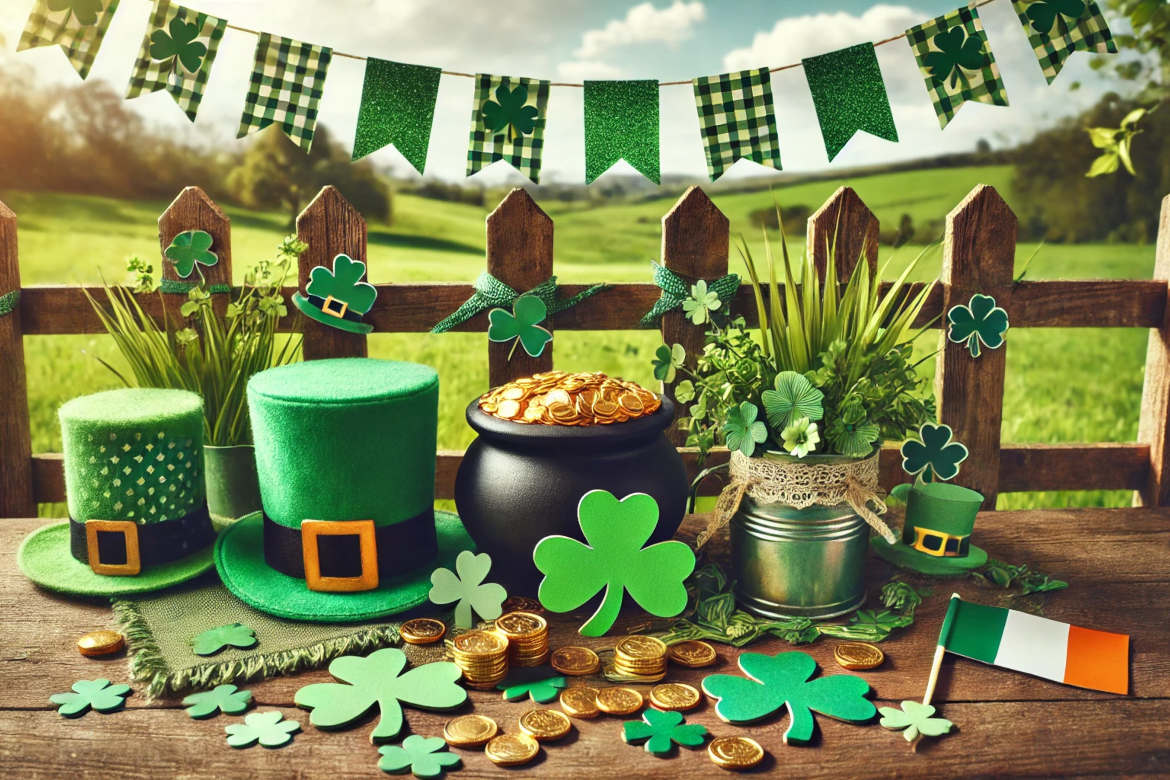Every year, on March 17, an emerald tide sweeps across Ireland and various other countries, draping cities in green and filling the streets with music, revelry, and a spirit of camaraderie. St. Patrick’s Day, named for the patron saint of Ireland, has evolved into a global phenomenon, blending sacred tradition with cultural festivity.
Yet, beneath the parades, pints of stout, and seas of shamrocks, the holiday’s origins are steeped in history, faith, and a remarkable tale of resilience.
Table of Contents
Who Was St. Patrick?
The story of St. Patrick begins not in Ireland but in Britain, where he was born in the late 4th or early 5th century to a Romanized family. His given name was likely Maewyn Succat, and his early life was far from saintly. As a teenager, he was kidnapped by Irish raiders and sold into slavery, spending six years tending sheep in the rugged, misty hills of Ireland.
During this time, Patrick turned to Christianity for solace and, according to legend, had a divine vision instructing him to escape. He managed to flee back to Britain, but his time in Ireland had left an indelible mark on him. After training as a missionary, he returned to the land of his captivity, determined to spread Christianity.
Over the next several decades, Patrick traveled across Ireland, converting the population, establishing churches, and, as folklore claims, using the three-leafed shamrock to explain the concept of the Holy Trinity. He is also credited, somewhat apocryphally, with banishing snakes from Ireland, though scientists suggest the island never had any serpentine inhabitants to begin with.
Patrick’s death on March 17, around the year 461, became a day of commemoration in Ireland. Over the centuries, this feast day transformed into a vibrant worldwide celebration, symbolizing unity and hope.
The Evolution of St. Patrick’s Day
For much of history, March 17 was observed as a solemn religious occasion in Ireland, marked by church services and quiet reflection rather than festivity. The Catholic Church declared it an official feast day in the early 17th century, allowing for a temporary reprieve from Lent, a season of fasting. This made it a rare day of indulgence during an otherwise austere period.
Ironically, it was the Irish diaspora, particularly in the United States, that transformed St. Patrick’s Day into the exuberant celebration recognized today. In the 18th and 19th centuries, waves of Irish immigrants, many fleeing famine and hardship, sought to maintain their cultural identity in unfamiliar lands. Parades, which had first appeared in Spanish Florida as early as 1601, gained prominence in American cities like Boston, New York, and Chicago, serving as both expressions of pride and political statements.
By the 20th century, St. Patrick’s Day had expanded beyond Irish communities, embracing anyone who wished to partake in the merriment. The tradition of dyeing the Chicago River green, first introduced in 1962, epitomizes the holiday’s theatrical transformation, while landmarks from the Sydney Opera House to the Pyramids of Giza have been illuminated in green as part of the global celebrations.
Symbols and Traditions
Many of the symbols associated with St. Patrick’s Day trace their roots to Irish folklore and Christian iconography. The shamrock, tied to Patrick’s teachings, became a national emblem. The leprechaun, originally a mischievous spirit in Celtic mythology, was popularized by American commercialism, evolving into a whimsical figure synonymous with the holiday.
In Ireland, traditional music plays an integral role in the celebrations. The lively strains of fiddles, tin whistles, and bodhráns (Irish drums) accompany folk dances and gatherings, a nod to the country’s ancient bardic traditions. Meanwhile, the custom of wearing green stems from an older belief that the color rendered one invisible to leprechauns, who were said to pinch anyone they could see.
A Reflection on Irish Heritage
Beyond the revelry, St. Patrick’s Day remains an important link to Irish heritage and history. In recent decades, Ireland has embraced the holiday’s commercial appeal while also reclaiming its cultural authenticity. Dublin’s multi-day St. Patrick’s Festival, established in the mid-1990s, blends traditional elements with contemporary art, storytelling, and performances that showcase Ireland’s dynamic identity.
Though acknowledged in some parts of the world, St. Patrick’s Day ultimately endures as a symbol of resilience and belonging. Whether through quiet reflection, joyous parades, or the raising of a glass in good cheer, it continues to unite people in honor of a shared history that transcends borders.
